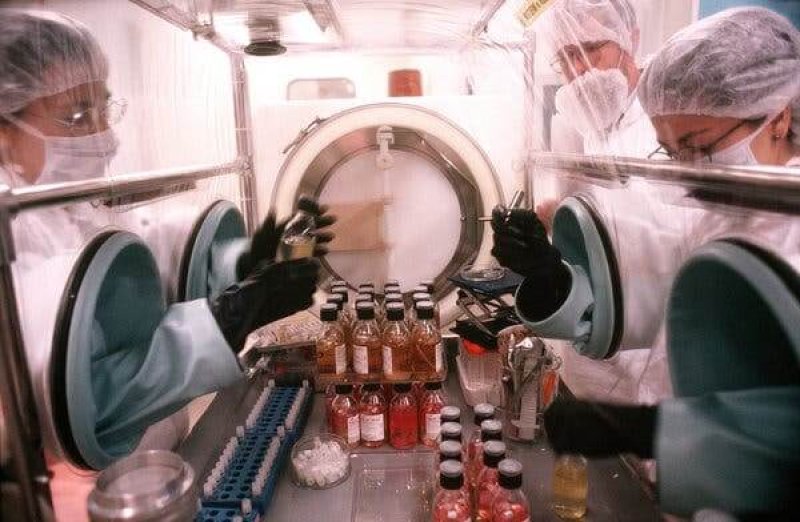Just as gene therapy finally seems to be living up to its promise, a study has revived a lingering worry about the viral vessel that many efforts rely on to ferry therapeutic genes into patients. This “vector,” a stripped-down version of adeno-associated virus (AAV), was thought to be safe because it rarely knits the human DNA it carries into a cell’s chromosomes, where it might activate cancer-causing genes. But a study of dogs with hemophilia, treated with AAV up to 10 years earlier, has shown that the vector can readily insert its payload into the host’s DNA near genes that control cell growth.
The new data, described in a conference talk last month by a Philadelphia-based research team, are “good news and bad news,” says gene therapy researcher Charles Venditti of the National Human Genome Research Institute. By slipping into the chromosomes rather than floating free, the therapeutic DNA might have longer lasting benefits.
…
[R]esearchers emphasize that people receiving AAV-delivered gene therapy should be monitored for signs of liver cancer for longer than the 5 years of follow-up now required by FDA.Read full, original post: Virus used in gene therapies may pose cancer risk, dog study hints































